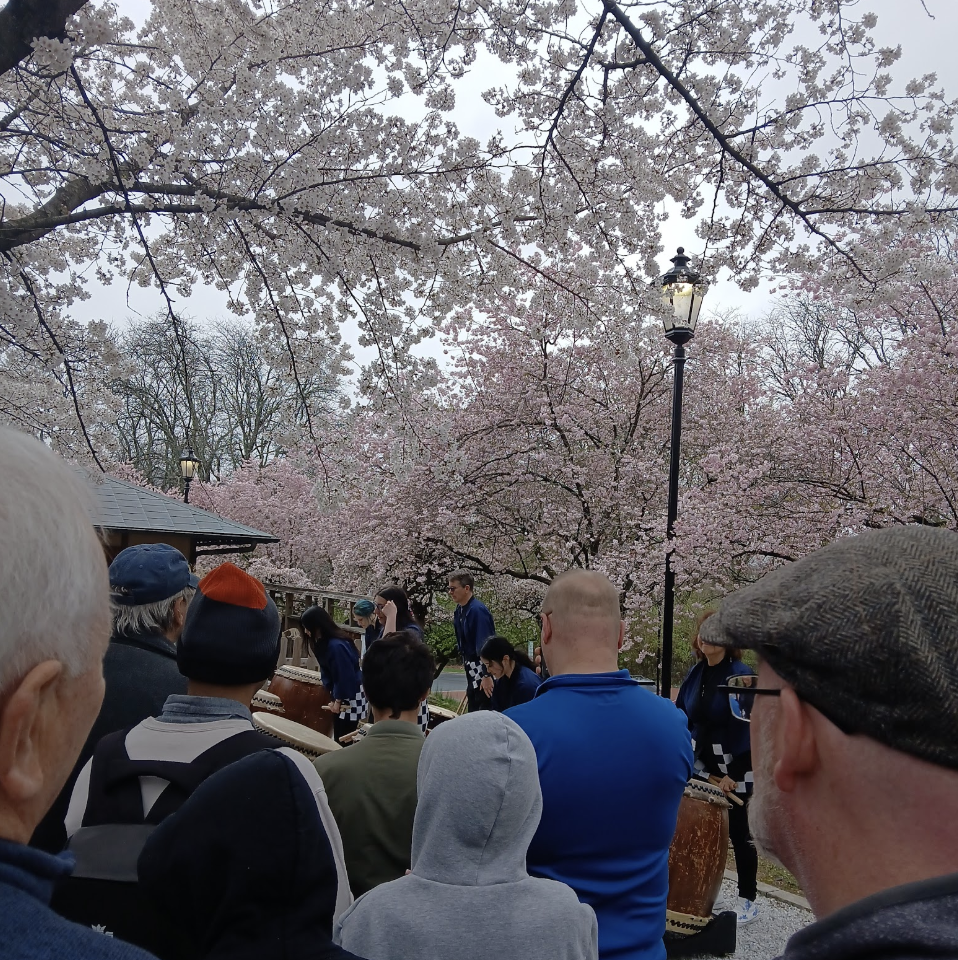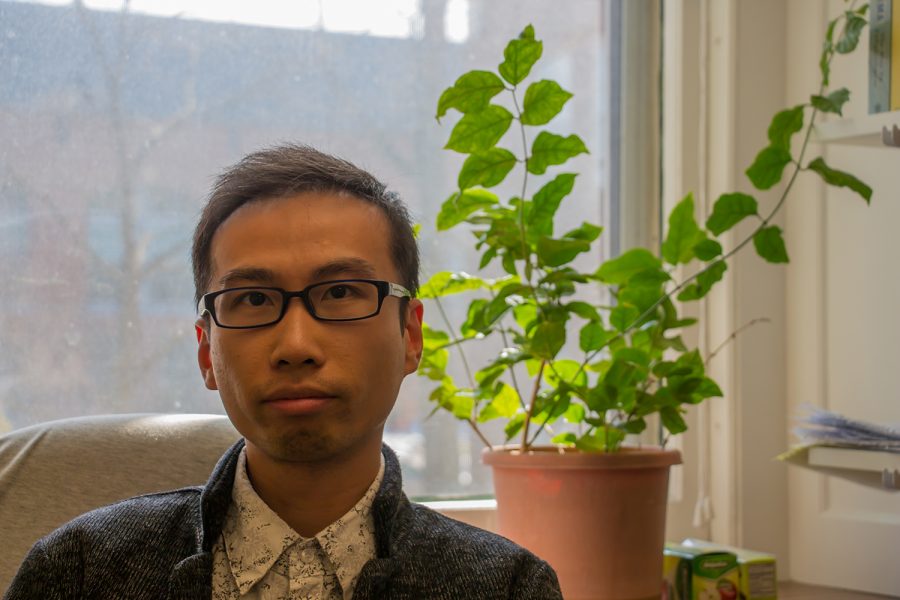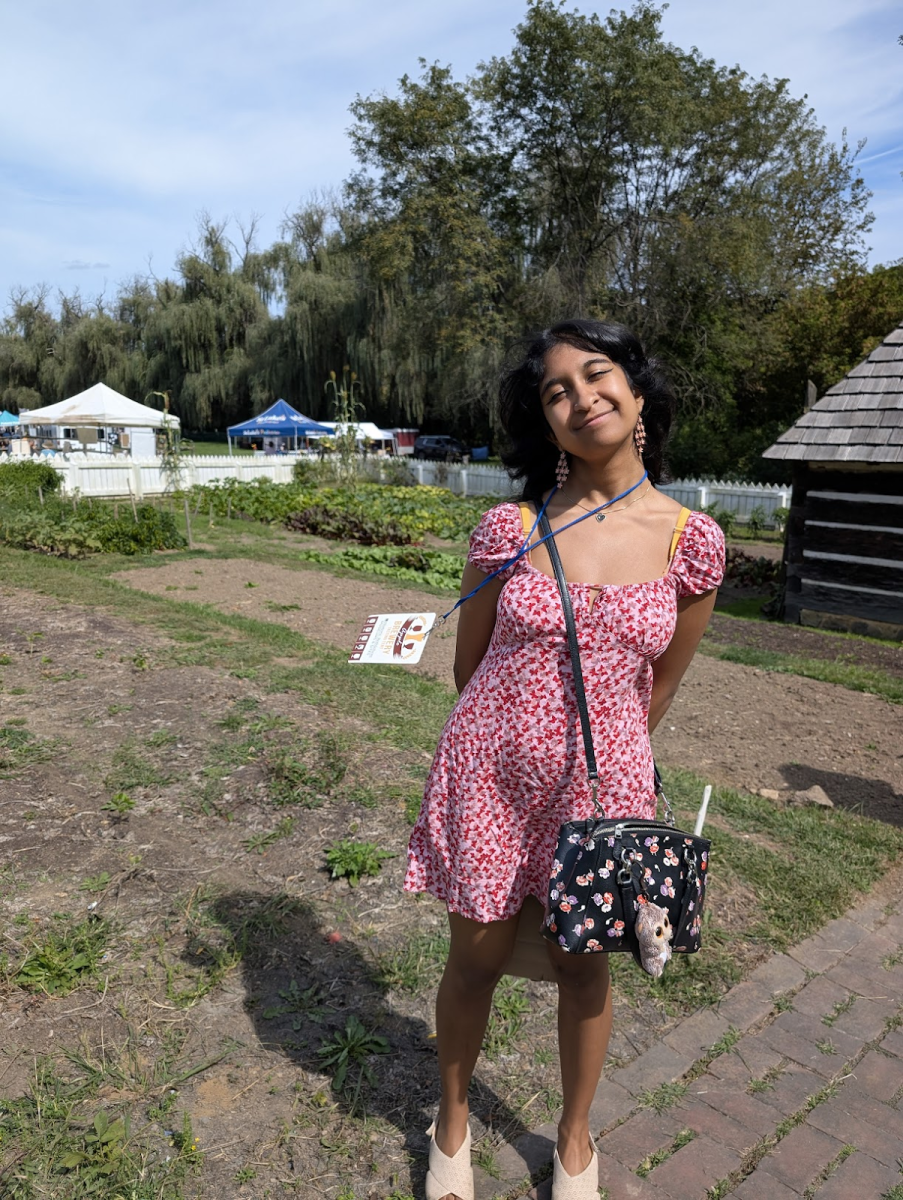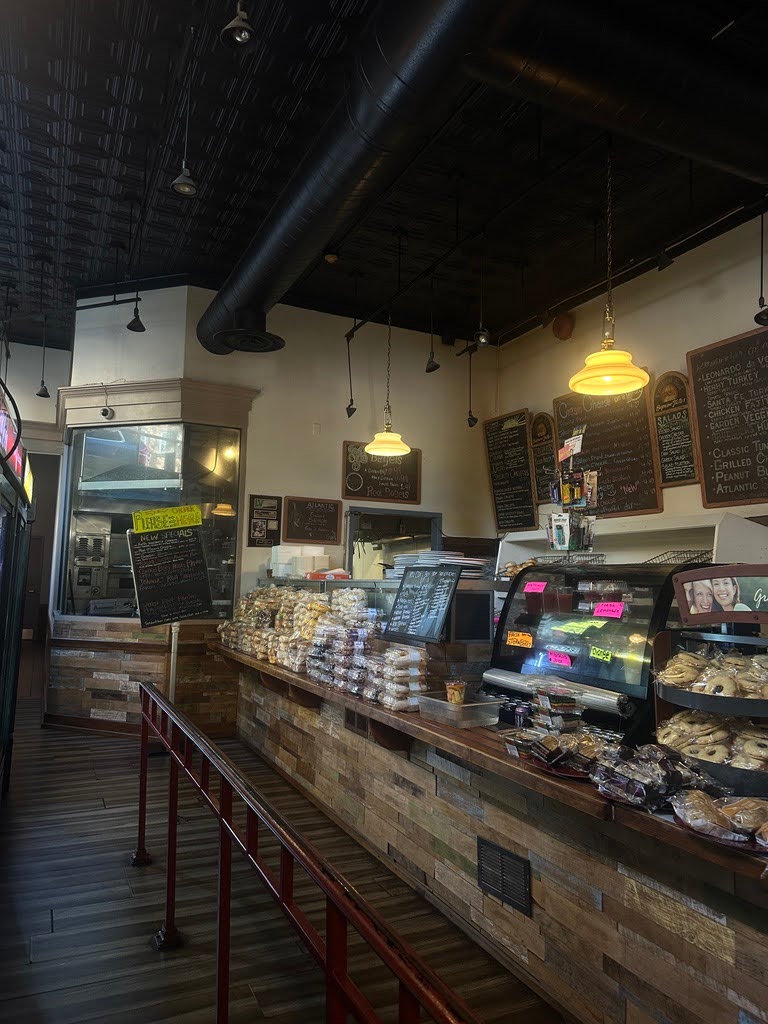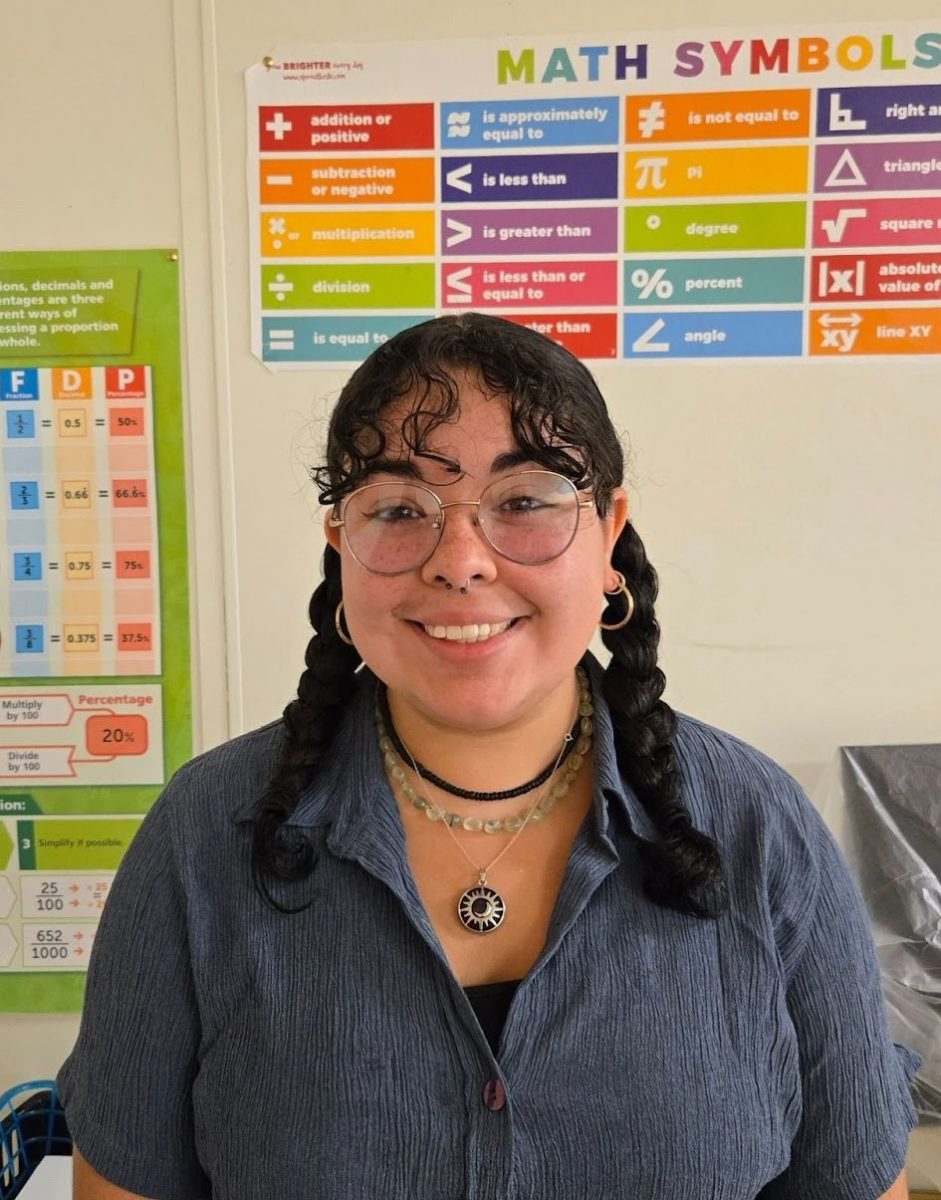On Saturday, April 4, 2025, the Bethlehem-Tondabayashi Sister City Commission held its annual Cherry Blossom Festival to commemorate the sakura trees in bloom. It also honored Bethlehem’s 60-year relationship with its sister city of Tondabayashi, Japan. This event, held at the Garden of Serenity outside of the Bethlehem Area Public Library, was free to attend and included a colorful array of Japanese activities and traditions such as mochi making, calligraphy, spiritual healing, origami making, a tea ceremony, and dressing up in a yukata or kimono.
This was my first time attending the festival, and I was very impressed. Despite it being a cold and cloudy day, the festival was vibrant. I was accompanied by my friend, Anna, who had volunteered at the event when she was in high school. High school students from the Bethlehem Area School District volunteer annually and can even sign up for a summer exchange program. Depending on the year, the program allows students to travel to Tondabayashi and live with a host family for a few weeks, or Bethlehem families host Tondabayashi students.
The festival also included a drum performance by Iroha Taiko, a Shumei America ensemble from Lyons Station, Pennsylvania. Taiko drumming is an ancient musical art form, dating back to the Jomon Period (around 13,000), and sometimes plays a major role in Japanese folklore. Taiko performances were conducted originally for military purposes, but eventually, religions adopted taiko as a holy instrument. Taiko had been performed solo, but in 1951, a drummer named Daihachi Oguchi popularized taiko ensembles.
For one dollar, individuals could participate in a tea ceremony, a cultural practice of preparing and serving matcha (green tea). Located in the garden tea house, this ceremony involved the host preparing the tea and guests graciously receiving it. Guests are given sweet mochi to eat before sipping the bitter tea from an adorned bowl. This practice emphasizes harmony, respect, and hospitality of hosts to their guests.
Also offered were free spiritual healing sessions. Willing participants could engage in jyorei, an energy healing practice meant to purify and soothe the spirit. Trained leaders channeled their energy to a recipient, asking them to drop their head down halfway through the healing process.
Yukata dress-up was one of the most popular commodities offered. Individuals were dressed in a traditional yukata with an obi, a silk belt with a bow attached to the back. In the modern day, the formal obi has become obsolete, but some individuals choose to wear a tsuke obi, or a pre-tied ribbon sash, with their yukata.
The cherry blossom festival embraced different aspects of Japanese culture and brought the community together for an engaging cultural experience.


